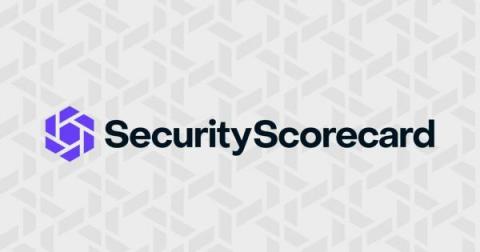Security | Threat Detection | Cyberattacks | DevSecOps | Compliance
Risk Management
Past as a Prologue: What Users can Expect with 2022 Cyber Threats
The cyber risk landscape changes quickly. In the last few years we’ve seen a rise in the number of ransomware attacks, and the end of 2021 was marked by the Log4J vulnerability. As data stacks get bigger and more difficult to defend, you may be wondering what threats are on the horizon in 2022. Based on what we’ve seen so far, the coming year’s risks are likely to be fairly familiar.
What are the Four Major Threats to SaaS Security in 2022?
A Guide To Implementing Software Supply Chain Risk Management
Software supply chain risks are escalating. Between 2020 and 2021, bad actors launched nearly 7,000 software supply chain attacks, representing an increase of more than 600%. Without identifying and managing security risks within the supply chain, you could be exposing your critical assets to attacks. Implementing a supply chain risk management strategy is essential to staying ahead of the potential threats and making the most of your software.
Common Mistakes Chief Security Officers Make
How Cybercriminals are Leveraging Weaponized AI for Cyber Attacks
In the world of cybersecurity, artificial intelligence (AI) has changed the way we discover, respond, and recover from cyberattacks. But despite the several advancements of AI in cybersecurity, cyberattacks are becoming more and more dangerous because of AI. Cybercriminals are now leveraging existing artificial intelligence tools and AI-based technologies for use in their own attacks, and as a result, cyber threats and attacks are becoming harder to prevent.
The Best Way to Prevent Getting Hacked
What is a Whaling Attack (Whaling Phishing)? Definition & Examples
According to the FBI Internet Crime 2020 Report, phishing scams were the most prominent attack in 2020 with 241,342 complaints reported and adjusted losses of $54 million. In particular, whaling (a highly targeted phishing attack) has been on the rise and is only expected to grow from here. A whaling attack targets high-profile executives with access to valuable information and systems. Let’s take a closer look at whaling attacks and how to stay protected.
What Is Cyber Hygiene?
25 Common Types of Malware & How To Identify Them
Viruses, worms, ransomware — even the least tech-savvy among us know what these are, and want to avoid them if at all possible. What do they all have in common (besides the fact that they can lock up your devices and attempt to steal your data)? They all fall under the malware umbrella.









